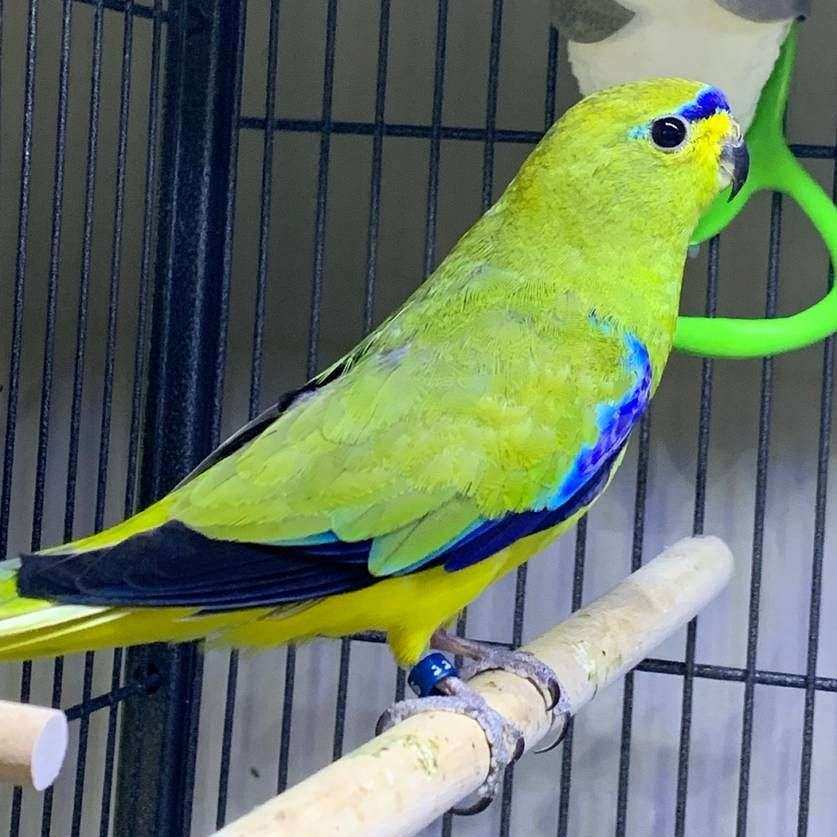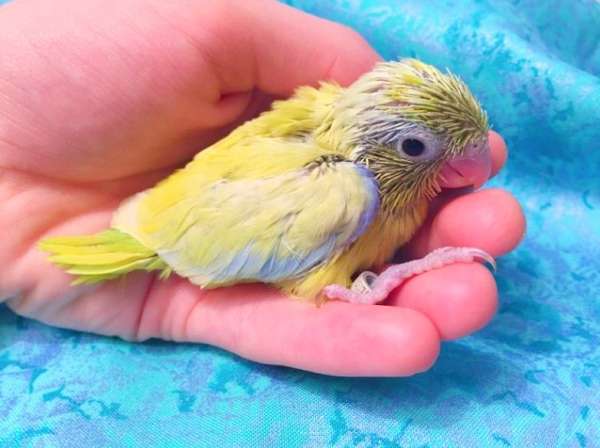Hand fed American Yellow Male Parrotlet Available
- Color
- Yellow
- Characteristic
- Companion, Cute, Handfed, Pet, Playful, Quiet, Tame
Additional Comments
Hello! We have a male American yellow Pacific parrotlet available for reservation. He is being hand-fed now and should be weaned and ready to go to his new home in late May. He has been hand-fed from two weeks of age and will be very tame, taught to step up, and weaned onto a healthy, balanced diet consisting of Higgins Supreme Cockatiel seed, sprouts, vegetables, and fruits.
Baby in photo is a yellow male from a previous clutch, but photos of the exact baby available can be provided.... (read more)
Shipping Notes
Yes, shipping is available; contact us for more information.

New Eden Avian Conservancy
Hello! The mission of New Eden Avian Conservancy is to 1) propagate captive bird species which are disappearing in the wild, zoos, aviculture, or all of the above; 2) support in situ conservation efforts in the wild; and 3) increase our collective understanding of avian diet, behavior, genetics, and diseases.
Avoid Scams and Fraud - Potential areas of fraud: wire transfer, moneygrams, money orders, cashier checks, shipping, escrow, "transaction protection", "guarantee". Check out the Buyer Safety section for more info.
( click to view phone number )
Log In to Send a Message
newedenavianconservancy.weebly.com
